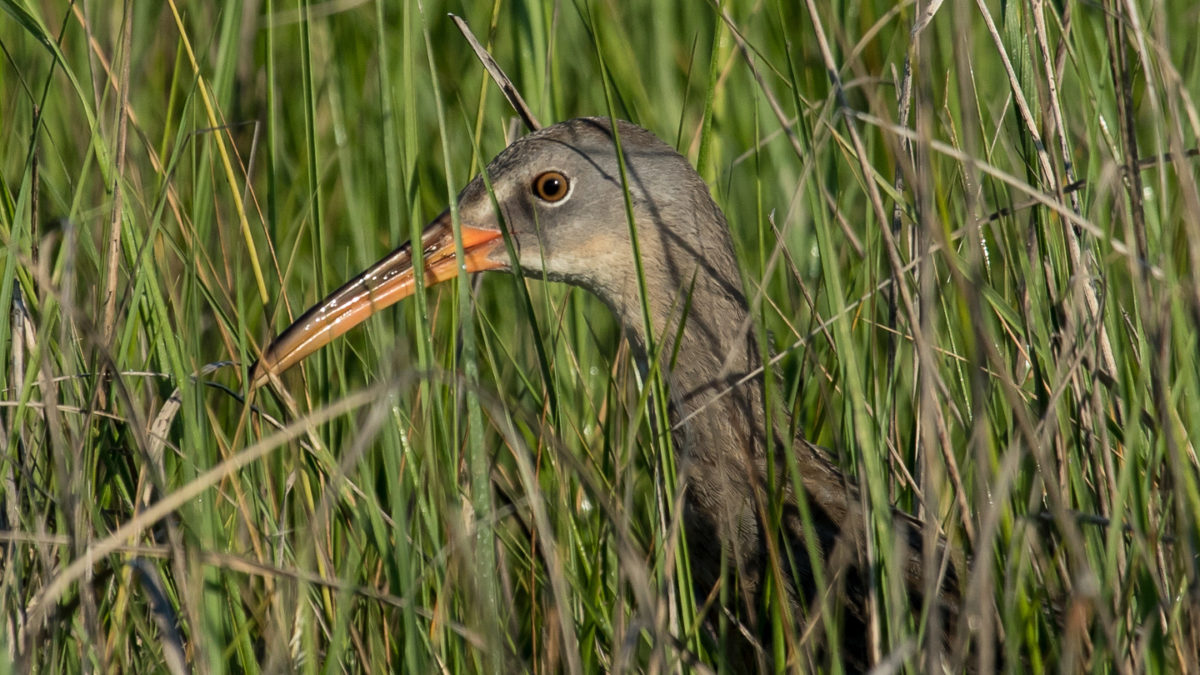Coming Home – To the Marshes

Whimbrels Staging along Delmarva Continue Decline
April 5, 2021
NEW PAPER: Whimbrel populations differ in trans-Atlantic pathways and cyclone encounters
July 12, 2021By Bryan Watts
6/22/2021
It is that time of year when the days come on fast. But by the time the sun gathers its strength I have been in the marsh for three hours walking through the pastels of sunrise lighting the marsh grass, listening for the subtle calls of seaside sparrows near their nests and being escorted by the willets that seem to own this marsh. I am resurveying a series of marshes that I first surveyed during the spring of 1992. The marshes were chosen nearly three decades ago as reference sites for the marsh-bird community within the lower Chesapeake Bay. I have returned to specific points to check on how the marshes are holding up and how the bird community is faring. It feels like returning home after a long stint away and walking through the house to assess what has changed – visiting with family and friends to hear how everyone is doing.
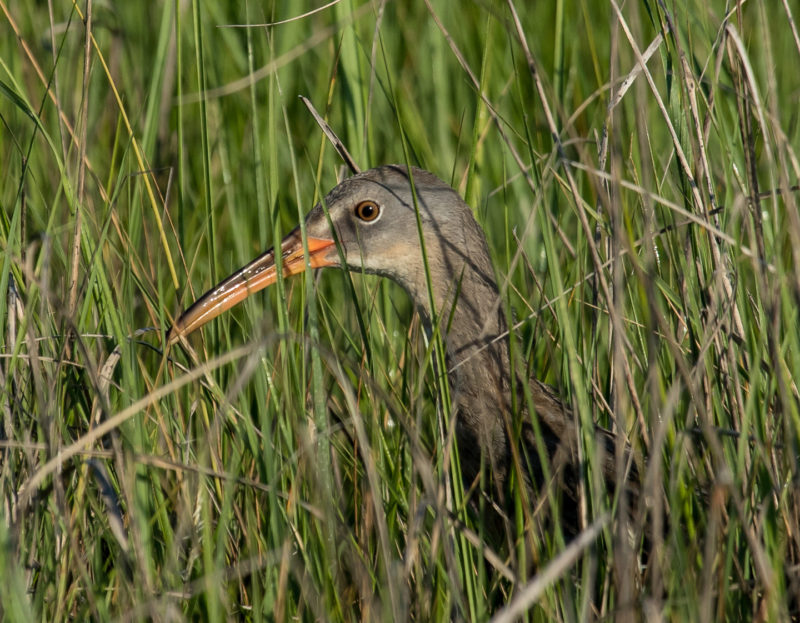
Absence has a way of freezing places in our mind’s eye. We return expecting the furniture to be just as we remember it from years ago. Returning to these marshes has been a shock. Some things remain the same – the soft texture and hues of the salt meadow hay, male fiddler crabs rushing across the mud waving their fiddles, the stillness of tide pools in the high marsh and the weight of the air hanging over the marsh in late morning. But many of these marshes are unrecognizable to me now. In just thirty years’ time they have been substantially altered.
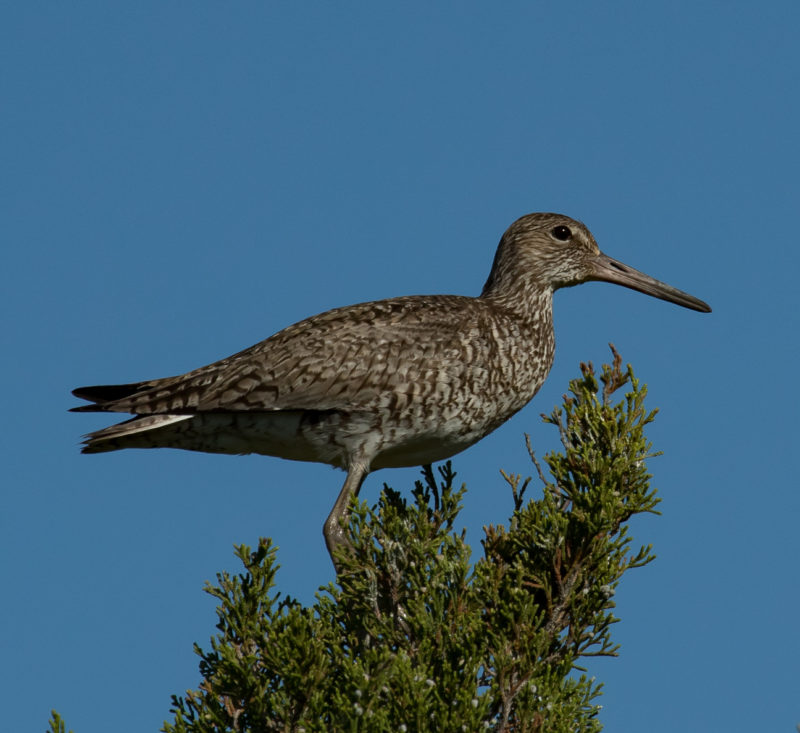
The marshes are being changed by forces coming from well beyond their boundaries. The marsh near Pepper Creek, once owned by Mrs. Tatterson – a lovely lady who always greeted me and waited with iced tea on her porch to talk birds as I came out of her marsh, is being eroded along the outer edge by waves during storms and high-tide events. The marsh on Dyer Creek, once owned by Mr. Bur – a busy waterman who operated pound nets, is now partially buried in sand that has overtopped it. Virtually all the marshes have been invaded along the upland edge by the invasive common reed that is displacing the upper high marsh. This plant, so dominant today, could not be found in most of the marshes thirty years ago. Rising sea-level has made the marshes more difficult to walk through and has favored some species over others, shifting the composition of vegetation. If you look closely, you can see signs of the most consequential change – the wrack and high-water marks that show how recent lunar tides have inundated the marsh surface.
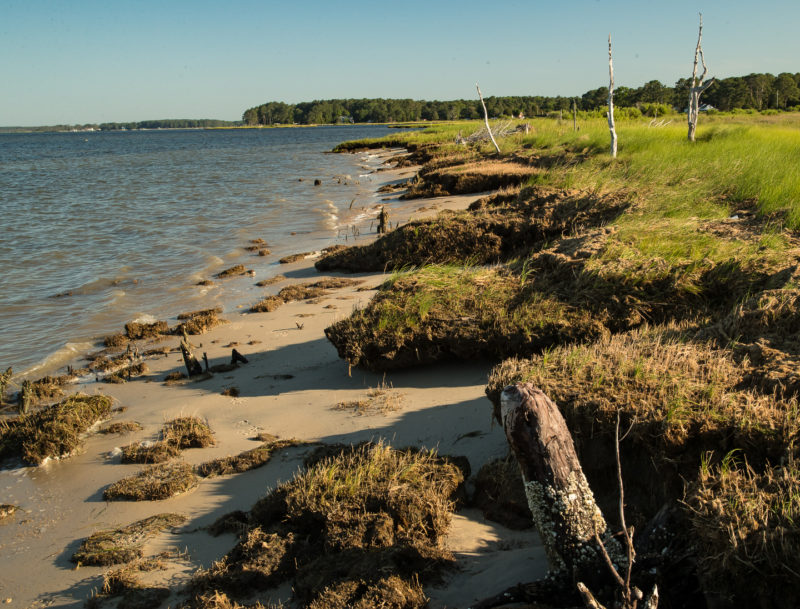
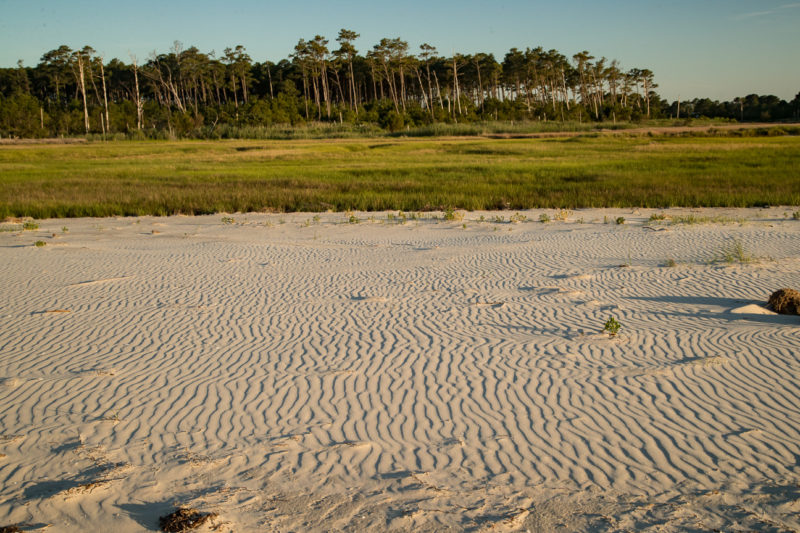
What does the change in furniture mean to the bird community that depends on the marsh? Although the specific answer to this question must wait for the completion of the fourth round of surveys and a full assessment of occupancy, density and trends, some signals have emerged. Some species such as Virginia rail and marsh wren that were once common in these marshes have become uncommon. Other species such as sedge wren and black duck that were uncommon to rare in the marshes are now absent. The boat-tailed grackle that was commonly observed wading belly deep into tide pools to catch fish has become patchy in distribution. Possibly one of the more telling signals comes from the eastern meadowlark. Although a facultative user of the saltmarsh, the eastern meadowlark was earlier a common component of the high marsh but has yet to be detected in any of the reference marshes this spring.
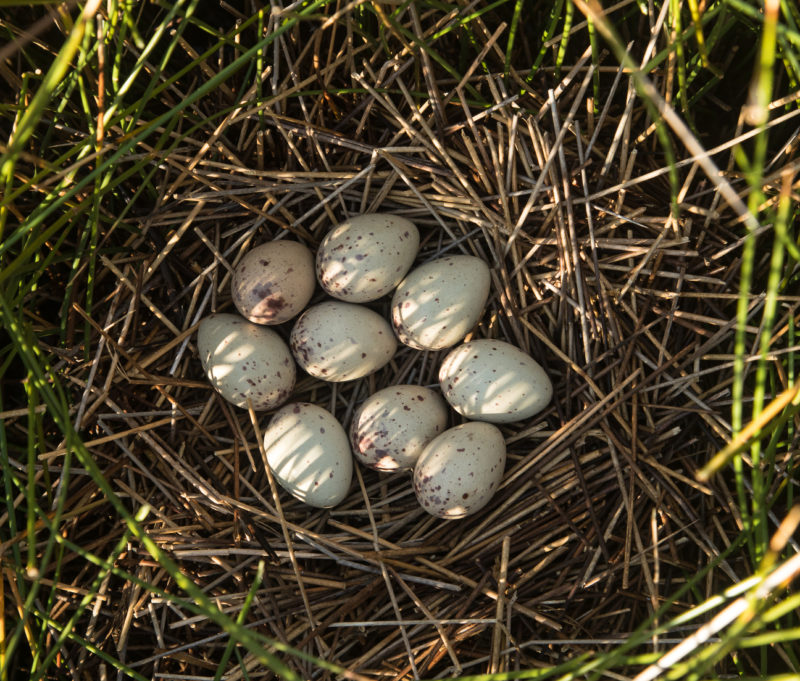
Was Thomas Wolfe right that “we can never go home again” – that the place that we long to return to only existed during that brief point in time when we fixed it in our minds? For birds, what is at stake is not merely a memory frozen in time but actual living breathing populations. Mrs. Tatterson is gone now and the seaside sparrows that we discussed on her porch no longer nest in her marsh. Mr. Bur is also gone and the tide pool next to where he stored his pound poles that supported a large number of foraging shorebirds lies beneath three feet of sand. We hope that a more detailed analysis of the ongoing changes experienced by marsh birds may lead to ideas for possible mitigation. The initial marsh bird project was a partnership between CCB, The Virginia Department of Wildlife, the Virginia Institute of Marine science (VIMS) and the U.S. Environmental Protection Agency (EPA). The current follow-up project is a partnership between CCB, VIMS and EPA.

